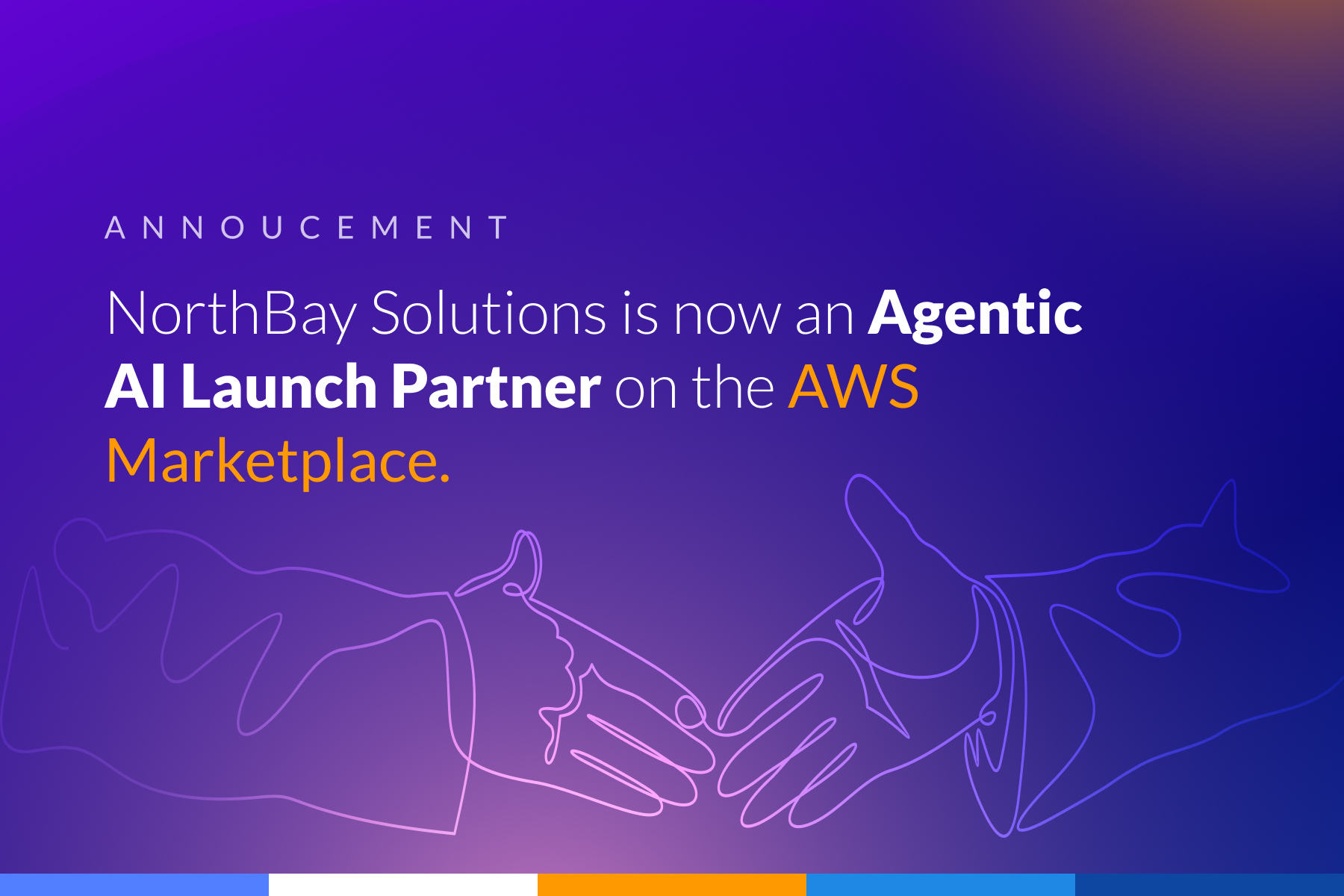![Financial-Efficiency[1] Soaring to New Heights of Financial Efficiency: How Generative AI Transforms Airline FinOps](https://northbaysolutions.com/wp-content/uploads/2024/07/Financial-Efficiency1.jpg)
In the cutthroat world of aviation, airlines constantly battle turbulence – both literal and figurative. Fuel cost volatility, complex maintenance needs, and ever-shifting passenger demands all threaten to throw a wrench into their financial well-being. But there’s a beacon of hope on the horizon: Generative AI is revolutionizing FinOps (Financial Operations) for airlines, propelling them towards a future of unprecedented financial efficiency.
Challenges: Hitting Headwinds in FinOps
Before we explore the clear skies of AI-powered solutions, let’s navigate the stormy weather of traditional FinOps challenges airlines face:
-
Data Silos and Limited Visibility: Financial data lives in scattered silos across departments and systems. This fragmented landscape makes it nearly impossible to get a holistic view of costs and identify areas for optimization.
- Manual Processes and Missed Opportunities: Tedious manual tasks like budgeting and forecasting consume valuable time, hinder agility, and leave cost-saving opportunities undiscovered. A staggering 30% of airline expenses are wasted due to inefficient processes according to a McKinsey & Company report,
- Fuel Price Fluctuations: A Financial Rollercoaster: Jet fuel, a major airline expense, experiences dramatic price swings. This volatility significantly impacts profitability, making it difficult to plan effectively. Airlines lose an average of $5 billion annually due to jet fuel price volatility, as reported by IATA,
- Demand Forecasting Fog: Accurately predicting passenger demand is crucial for efficient resource allocation (think staffing and aircraft utilization). However, various factors make forecasting a guessing game.
- Maintenance Cost Optimization Tightrope Walk: Balancing cost-effective maintenance schedules and parts inventory with ensuring safety is a delicate act.
AI-Powered Solutions: Taking Flight Towards Financial Efficiency
- Data Integration and Insights at Warp Speed: AI seamlessly integrates data from various sources, giving airlines a unified financial picture. Advanced analytics then pinpoint cost-cutting opportunities they might have missed before.
- Automation: Freeing Up Time for Strategic Soaring: Repetitive tasks like budgeting, forecasting, and invoice processing become a thing of the past thanks to AI automation. This frees up human talent to focus on strategic initiatives.
- Fuel Price Prediction: Avoiding Turbulence: AI algorithms analyze historical data and market trends to predict fuel price fluctuations. This allows airlines to hedge more effectively, navigating the financial turbulence of fuel costs.
- Demand Forecasting with AI: Crystal Ball Clarity: AI analyzes vast amounts of data, including weather, economic trends, and competitor pricing, to create highly accurate passenger demand forecasts. This empowers airlines to optimize flight schedules and resource allocation, maximizing revenue and minimizing empty seats.
- Predictive Maintenance: Taking Maintenance to New Heights: AI analyzes sensor data from aircraft to predict potential maintenance issues. This allows for optimized maintenance schedules, minimizing downtime and associated costs.
- Reduced Costs: Automation, optimized resource allocation, and data-driven decision-making all contribute to significant cost reductions. A study by Accenture found that AI-powered automation can reduce airline operating costs by up to 20%.
- Improved Revenue Management: AI makes it easier to set optimal ticket prices based on real-time demand and competitor activity, maximizing revenue opportunities. PwC estimates that AI can improve airline revenue management by up to 7% .
- Enhanced Agility: AI algorithms analyze historical data and market trends to predict fuel price fluctuations. This allows airlines to hedge more effectively, navigating the financial turbulence of fuel costs.
Save the Planet: AI-Driven Sustainability
Incorporating sustainability initiatives like GreenOps (Green Operations) alongside FinOps in the aviation industry not only addresses environmental concerns but also reinforces the need for robust financial operations. GreenOps focuses on optimizing resource usage and reducing carbon footprints through sustainable practices, such as efficient fuel management and minimizing waste. By integrating GreenOps principles, airlines can achieve significant cost savings, which dovetails perfectly with the objectives of FinOps. This convergence ensures that financial efficiencies are not only about cost-cutting but also about investing in long-term sustainability, making airlines more resilient and socially responsible.
The synergy between GreenOps and FinOps becomes even more compelling with the application of Generative AI. AI-powered FinOps enables airlines to seamlessly incorporate sustainability metrics into their financial strategies, providing a holistic view that balances cost efficiency with environmental impact. For instance, predictive maintenance not only reduces costs but also minimizes the environmental footprint by optimizing part usage and reducing waste. Similarly, AI-driven demand forecasting can lead to more efficient flight schedules, reducing unnecessary fuel consumption and emissions. By leveraging NorthBay’s expertise in Generative AI, airlines can achieve a comprehensive approach that marries financial health with sustainability, driving both profitability and positive environmental outcomes.
NorthBay, a leading Generative AI solutions provider, can help airlines unlock the full potential of AI-powered FinOps. Our expertise lies in:
- Data Wrangling and AI Model Development: We can help consolidate financial data from disparate sources and develop custom AI models tailored to your airline’s specific needs.
- Advanced Analytics and Cost Optimization: Our AI models go beyond basic reporting, providing deep insights into cost drivers and uncovering hidden opportunities for savings.
- Explainable AI and Continuous Improvement: We ensure our AI solutions are transparent and interpretable. This means you can understand how the AI arrives at its conclusions, fostering trust and enabling continuous improvement. Our team works with you to refine the models over time, ensuring they remain accurate and aligned with your evolving financial goals.
About NorthBay Solutions
NorthBay Solutions is a leading provider of cutting-edge technology solutions, specializing in Agentic AI, Generative AI MSP, Generative AI, Cloud Migration, ML/AI, Data Lakes and Analytics, and Managed Services. As an AWS Premier Partner, we leverage the power of the cloud to deliver innovative and scalable solutions to clients across various industries, including Healthcare, Fintech, Logistics, Manufacturing, Retail, and Education.
Our commitment to AWS extends to our partnerships with industry-leading companies like CloudRail-IIOT, RiverMeadow, and Snowflake. These collaborations enable us to offer comprehensive and tailored solutions that seamlessly integrate with AWS services, providing our clients with the best possible value and flexibility.
With a global footprint spanning the NAMER (US & Canada), MEA (Kuwait, Qatar, UAE, KSA & Africa), Turkey, APAC (including Indonesia, Singapore, and Hong Kong), NorthBay Solutions is committed to providing exceptional service and support to businesses worldwide.





